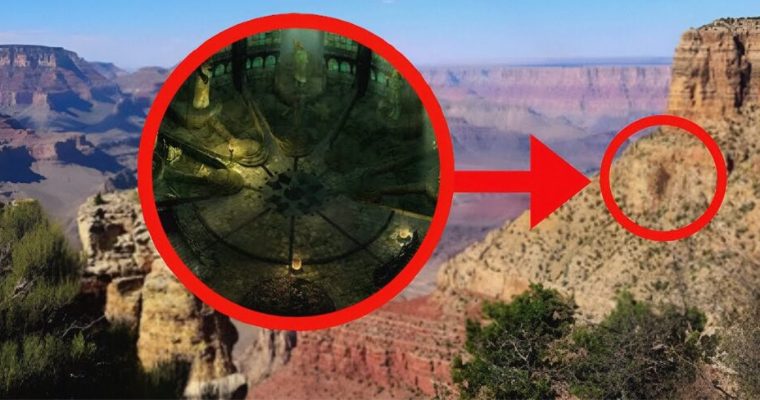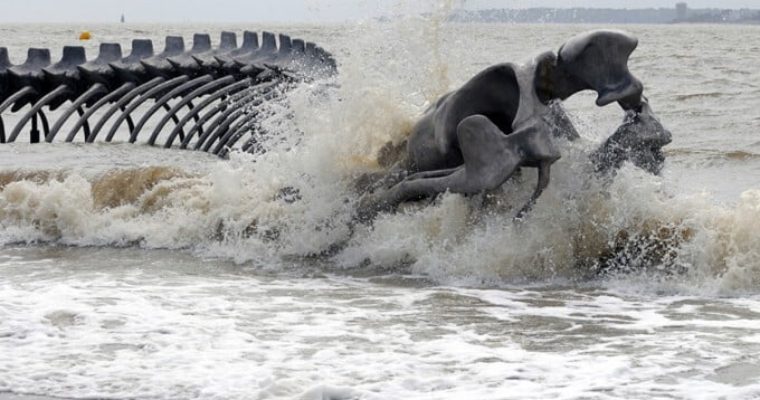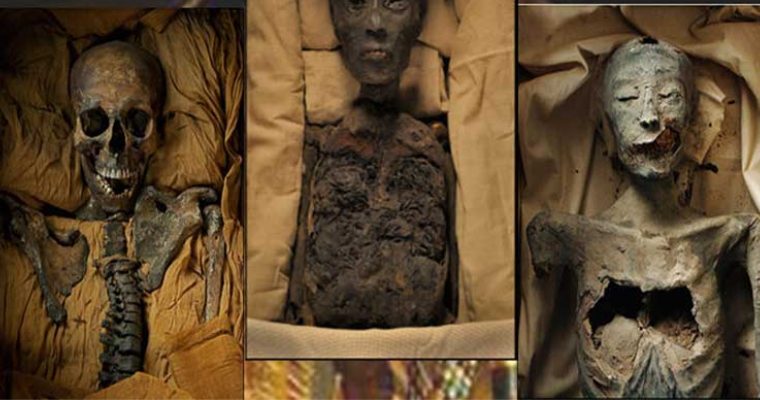The newly described ichthyosaur species is the largest creature yet found from the Middle Triassic period, with a skull measuring 2 m (6.6 feet) and an estimated body size of 17 m (56 ft) (242-244 million years ago).

Named Cymbospondylus youngorum, the giant marine reptile existed at most 8 million years after the emergence of the first ichthyosaurs, suggesting a much more rapid size expansion that may have been fueled by processes after the Permian mass extinction.
Ichthyosaurs were a successful group of large marine reptiles for most of the Mesozoic Era.
These creature first appeared in the oceans after the Permian mass extinction, about 248 million years ago (Early Triassic epoch), and became extinct in the early Late Cretaceous epoch, 90 million years ago.
They breathed air like dolphins and whales, had a streamlined body for moving through the water, large eyes for improved vision at depth, an elongated skull with jaws full of conical teeth, suited for catching fish and squid.
Like modern orca or great white sharks, they may have been apex predators of their ecosystems, but until recently there has been little direct evidence of this.

“Ichthyosaurs derive from an as yet unknown group of land-living reptiles and were air-breathing themselves,” said Dr. Martin Sander, a paleontologist at the University of Bonn and the Dinosaur Institute at the Natural History Museum of Los Angeles County.
“From the first skeleton discoveries in southern England and Germany over 250 years ago, these ‘fish-saurians’ were among the first large fossil reptiles known to science, long before the dinosaurs, and they have captured the popular imagination ever since.”
The well-preserved skull of Cymbospondylus youngorum — along with part of the backbone, shoulder, and forefin — were recovered from the Fossil Hill Member in the Augusta Mountains of Nevada, the United States.The fossil remains date back to the Middle Triassic epoch, representing the earliest case of an ichthyosaur reaching epic proportions.
Cymbospondylus youngorum evolved merely 2.5 million years after the appearance of the oldest proposed ichthyosaur relative, which was less than a meter in size, and at most 8 million years after the emergence of the group, suggesting a rapid evolution in body size.
The elongated snout and conical teeth suggest that the animal preyed on squid and fish, but its size meant that it could have hunted smaller and juvenile marine reptiles as well.

“As researchers, we often talk about similarities between ichthyosaurs and cetaceans, but rarely dive into the details,” said Dr. Jorge Velez-Juarbe, associate curator of mammalogy at the Natural History Museum of Los Angeles County.
“That’s one way this study stands out, as it allowed us to explore and gain some additional insight into body size evolution within these groups of marine tetrapods.”
The researchers found that while both cetaceans and ichthyosaurs evolved very large body sizes, their respective evolutionary trajectories toward gigantism were different.
Ichthyosaurs had an initial boom in size, becoming giants early on in their evolutionary history, while whales took much longer to reach the outer limits of huge.
They also found a connection between large size and raptorial hunting and a connection between large size and a loss of teeth.
“Ichthyosaurs’ initial foray into gigantism was likely thanks to the boom in ammonites and jawless eel-like conodonts filling the ecological void following the end-Permian mass extinction,” they said.
“While their evolutionary routes were different, both whales and ichthyosaurs relied on exploiting niches in the food chain to make it really big.”
A paper on the findings was published today in the journal Science.
Source: sci-news








